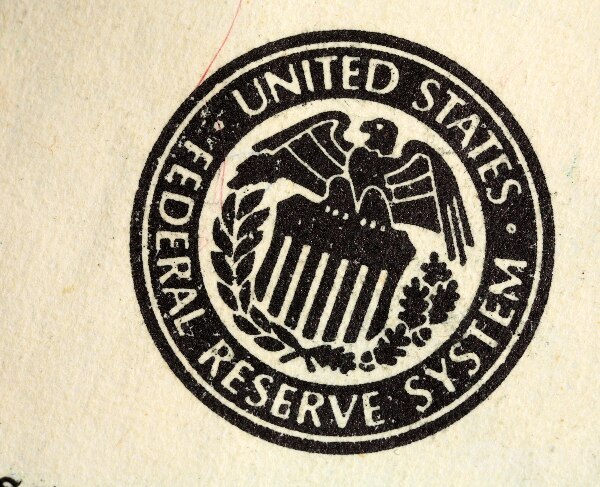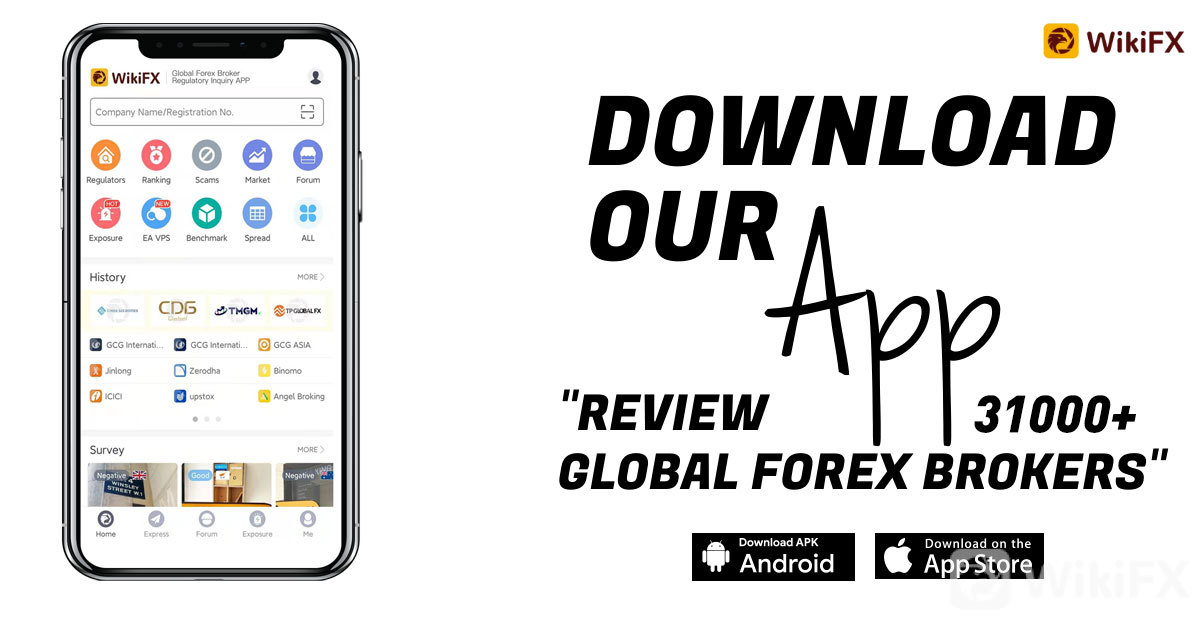
Where to start with Cardano? There is a lot going on, and so much criticism gets thrown Cardanos way that it is difficult to know what to take seriously, and what to filter out as nothing more than the usual crypto noise.
There are definitely some arguments that just do not stack up though, and to get a truer assessment of where Cardano might be heading, it is worth identifying them.
Is It Really a Ghostchain?
One of the regular criticisms you will hear is that Cardano is a ghostchain, meaning that regardless of whether or not it is functional, it does not have any actual development and no-one is using it.
But, is that actually true? It has been reported that in 2021, Cardano was actually the blockchain on which there was the most development on GitHub, edging ahead of its rivals.
And, you do not have to spend long looking into Cardano to find that there is an entire ecosystem of dapps in production right now, to be deployed, it seems, in the near future, as can be seen on this interactive map.
Then there was the news this week that the Korean electronics giant, Samsung would be partnering with Veritree to engage in a large-scale conservation project in Madagascar. Veritree offers a blockchain-based platform through which to address environmental problems, and it functions on Cardano.
For a network that supposedly has no activity, that looks like a remarkably tangible real-life use, demonstrating a meaningful level of trust from one of the most high profile corporations on the planet.
If Cardano is a ghostchain, then it is experiencing a lot of paranormal activity.
Is Haskell a Problem?
It is said that because Cardano uses the Haskell programming language, developers do not want to work on it.
However, the problem with this dismissal is that it is never followed up with any inquiry as to why Cardano uses Haskell. The Founder of Cardano, Charles Hoskinson is clearly no dunce, and Haskell is not second rate, and yet, the but they use Haskell argument is presented as if settling on Haskell was an ignorant blunder, rather than a deliberate selection.
The reality is that Haskell is precise and secure and well suited to financial products. In fact, for those reasons, it is often used in fintech , including at places such as ABN Amro, Barclays and Morgan Stanley. In fact, there are multiple examples of Haskell being utilized with resounding success.
Now, admittedly, that might not sound very exciting, when part of the appeal of crypto is that its unregulated, cypherpunk, high risk/return reputation. And, there is an enormous benefit to onboarding developers through accessibility.
But, keep in mind that it is exactly that perception of lawlessness and risk, and being an open-mic free-for-all, that, when it comes to anything related to personal finance, it keeps larger numbers of people away and prevents full mainstream adoption. Perhaps you like it that way, in which case, fine, that is understandable.
However, if we were just to ask, objectively, what kind of blockchain would get middle-of-the-road, financially prudent users on board (which equates to a lot of people), then the answer might not be, whichever blockchain is sexiest, but rather, whichever blockchain looks safest.
And, in that case, if we were ranking for stability and prudence, and an image (whether it is accurate or not) that is not too out-there, then Cardano would be highly placed.
Community or VCs?
There was a lot of interest towards the end of last year when Jack Dorsey took aim at web3 proponents for their projects being overly centered around VC interests. Dorsey appears to believe strongly in decentralization and, perhaps, leans towards a bitcoin maxi philosophy. And, there is nothing at all wrong with that. After all, decentralization is supposed to be at the core of crypto.
But, where would Cardano fall in this discussion? The answer is that it comes out looking very good. It is decentralized, not reliant on VCs and, critically, it has maintained a high profile and a high market cap on the strength of its community.
According to the Cardano Foundation, as of last Christmas, the number of ADA wallets had reached 2.5 million, having been at just 190,000 a year earlier, meaning there was an annual increase of 1200%.
Community is not everything, it is true. We are not organizing a village fete. But, in this case, when we are talking specifically about tech adoption with a key emphasis on replacing centralized structures, then the numbers of active users are highly significant.
What is more, is that it seems likely that when it comes to finance in particular, not everyone wants to use products put together by people who move fast and break things. Such a philosophy makes sense at the wild frontiers, but in the world of crypto, all the talk now is of an industry that is warming up for broader adoption.
That is not to say that we should give up on pushing the limits, or that we must accept broken establishment conventions. After all, what then would be the point of doing something new?
But, what it does mean is that in this current phase of the crypto story, there is an opportunity for a vessel that disrupts the status quo, but does so while looking solid, well-built and worth climbing on board.



